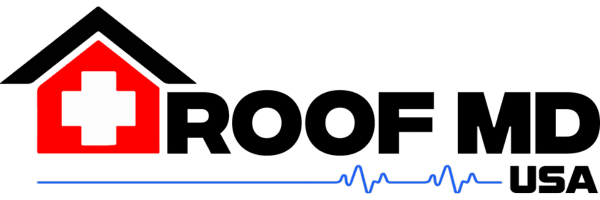Tornado Roof Damage: 7 Key Signs & What to Do Next
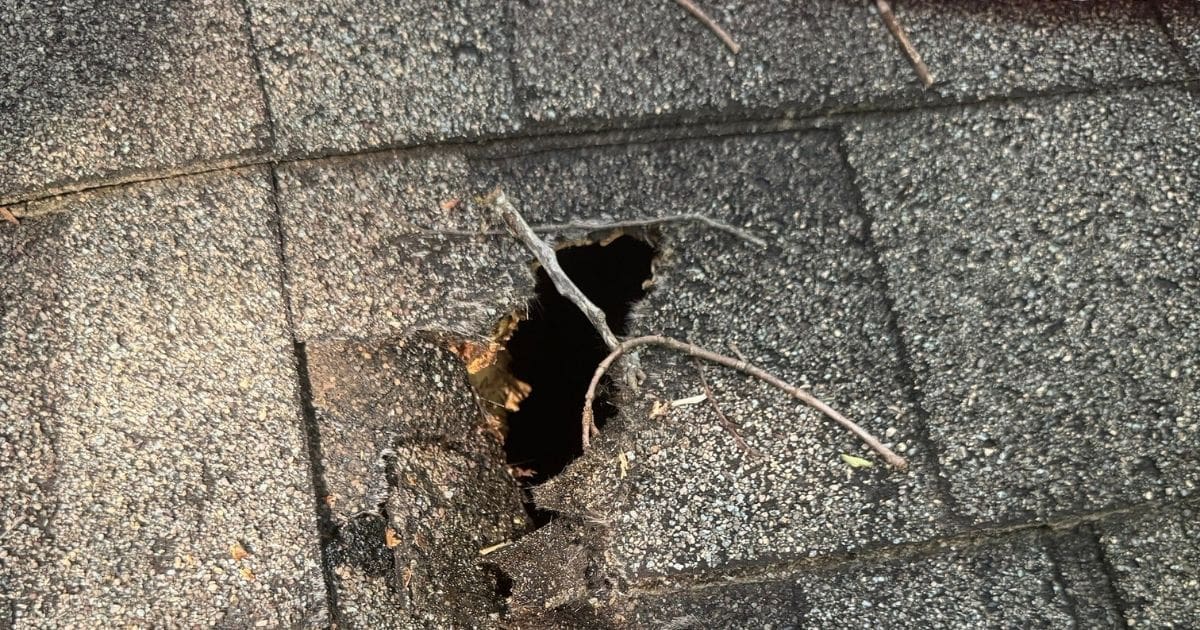
The roar of a tornado is a terrifying sound, and the silence that follows can be just as unsettling. As a homeowner, your first concern is the safety of your family. Your next thought is likely about the integrity of your home, especially your roof, which is the first line of defense against the elements.
Tornadoes can unleash devastating winds, hail, and flying debris, all of which can inflict serious damage on your roofing system. Spotting this damage early is crucial to preventing further issues like leaks, mold, and even structural failure.
This guide will walk you through the seven key signs of tornado roof damage and provide a clear action plan for what to do next.
7 Key Signs of Tornado Roof Damage
Here’s what to look for from the safety of the ground, and what a professional will inspect more closely:
1. Missing, Torn, or Creased Shingles
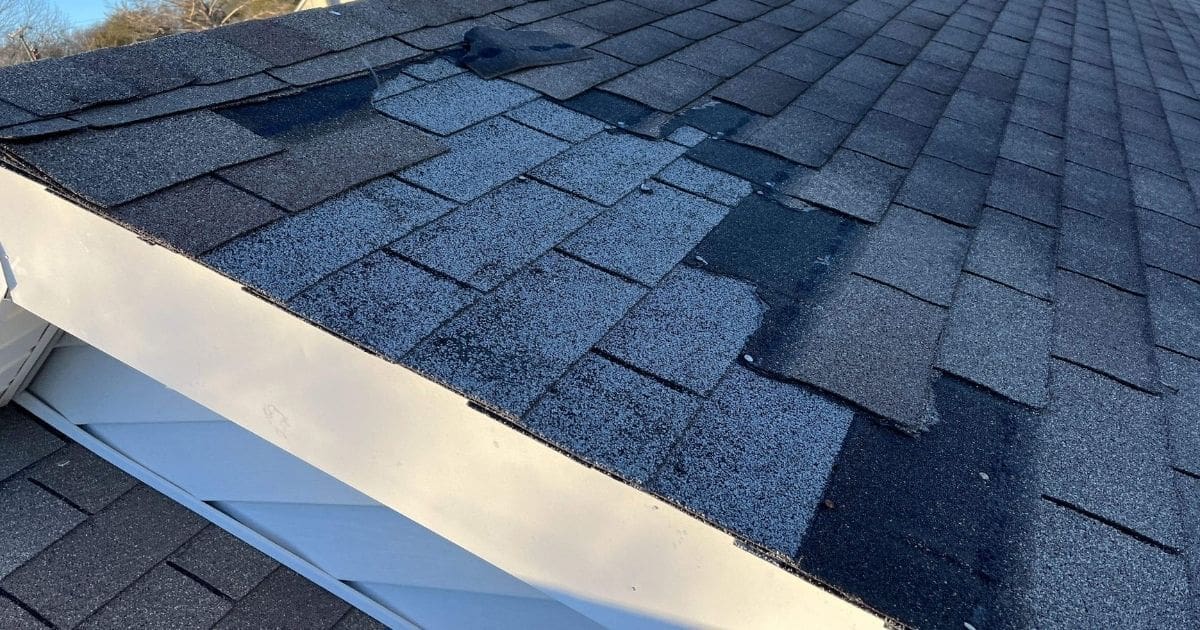
This is one of the most obvious signs of wind damage. Tornado-force winds can easily lift, tear, or even rip shingles completely off your roof, leaving the underlayment exposed.
What to look for: Shingles scattered in your yard, bare patches on your roof, or shingles that are visibly lifted, curled, or creased.
Why it’s a problem: Exposed underlayment can lead to immediate water intrusion, causing leaks and damage to your attic and ceilings.
Pro-Tip: Even a single missing shingle can be a sign of a larger problem. The wind that took one shingle could have weakened the seals on surrounding shingles, making them vulnerable to future storms.
2. Granule Loss in Gutters
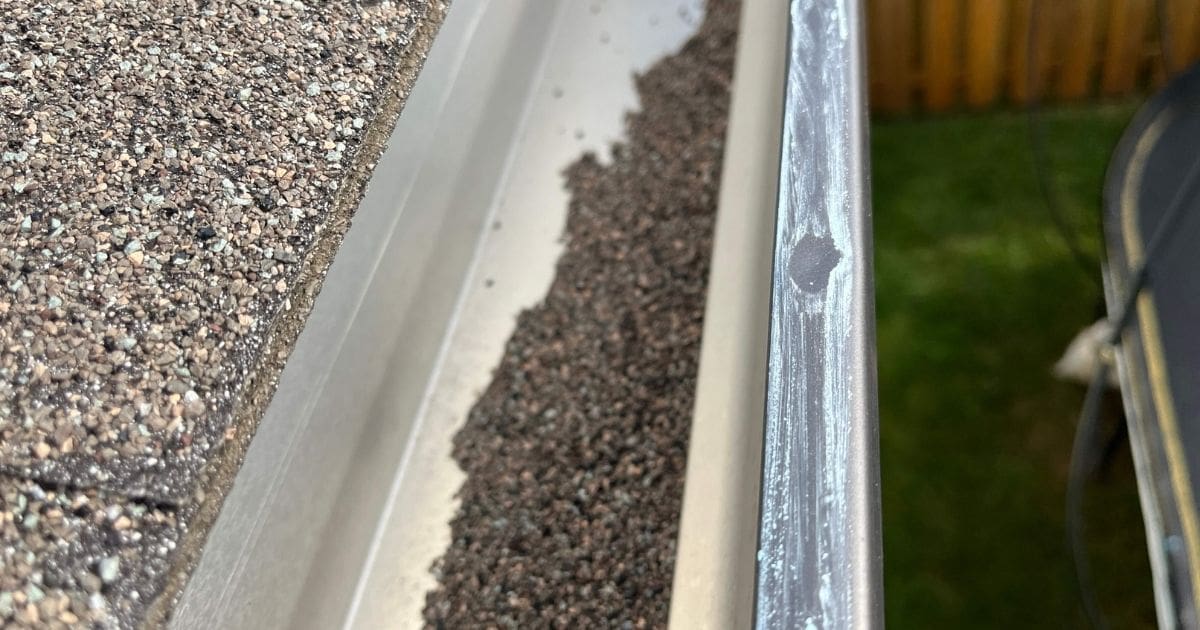
Asphalt shingles are covered in a layer of granules that protect them from the sun’s UV rays and add a layer of fire resistance.
- What to look for: An excessive amount of black, sand-like granules in your gutters and downspouts.
- Why it’s a problem: Significant granule loss is like a “balding” of your shingles. It exposes the asphalt layer to the elements, causing it to become brittle and crack, which shortens the lifespan of your roof.
- Pro-Tip: While some granule loss is normal over time, a large, sudden accumulation after a storm is a clear sign of trauma to your roof.
3. Dented or Damaged Vents, Flashing, and Gutters
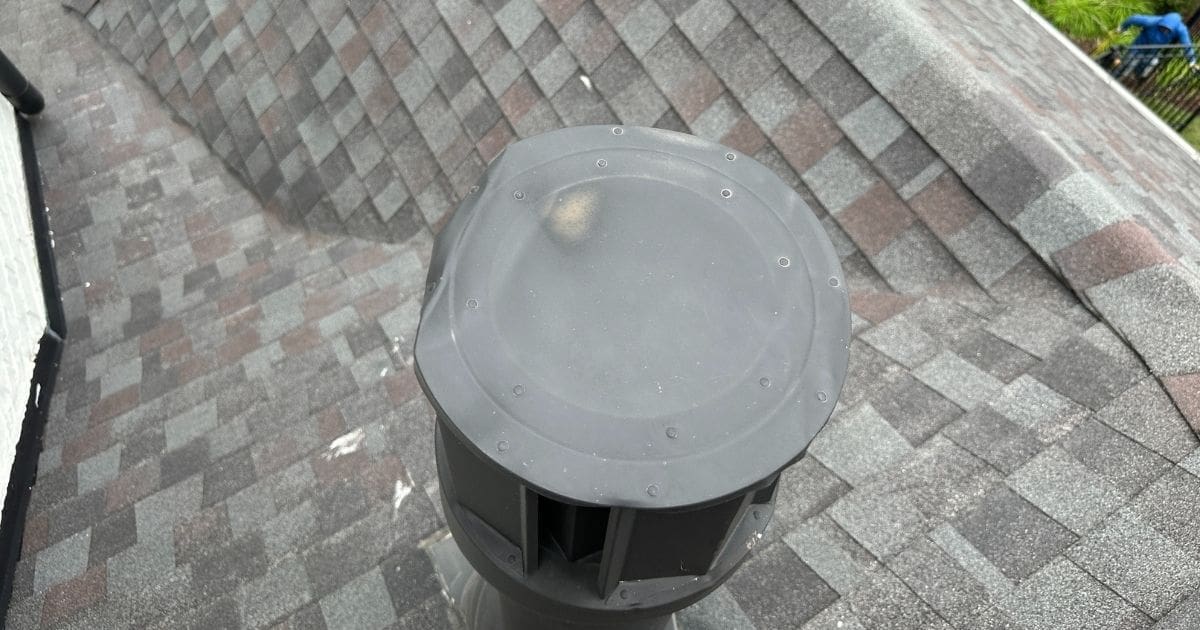
Hail and flying debris can cause significant damage to the metal components of your roof.
- What to look for: Dents, dings, or cracks in your roof vents, the flashing around your chimney and skylights, and your gutters.
- Why it’s a problem: Damaged flashing and vents can create entry points for water. Dented gutters can prevent proper water drainage, leading to water backing up onto your roof and potentially causing damage to your fascia and foundation.
- Pro-Tip: If your gutters are dented, there’s a good chance your shingles have also sustained hail damage, which can be difficult to see from the ground.
4. A Sagging Roofline
This is a serious sign of structural damage that requires immediate attention.
- What to look for: A dip, bow, or unevenness in your roof’s ridgeline.
- Why it’s a problem: A sagging roofline indicates that the underlying roof decking or even the rafters and trusses have been compromised. This is a major structural issue that could lead to a roof collapse.
- Pro-Tip: If you suspect your roof is sagging, evacuate the home and call a professional roofer immediately. This is not a “wait and see” problem.
5. Debris on the Roof
The presence of debris on your roof after a tornado is a given, but it can be more than just an eyesore.
- What to look for: Tree branches, leaves, and other materials on your roof.
- Why it’s a problem: Sharp or heavy debris can puncture or gouge your roofing material. Even a pile of leaves can trap moisture and lead to rot.
- Pro-Tip: Do not go on your roof to remove debris yourself. A damaged roof is a dangerous place. A professional roofer can safely remove the debris and inspect for any hidden damage underneath.
6. Indoor Signs of Leaks
The presence of debris on your roof after a tornado is a given, but it can be more than just an eyesore.
- What to look for: Tree branches, leaves, and other materials on your roof.
- Why it’s a problem: Sharp or heavy debris can puncture or gouge your roofing material. Even a pile of leaves can trap moisture and lead to rot.
- Pro-Tip: Do not go on your roof to remove debris yourself. A damaged roof is a dangerous place. A professional roofer can safely remove the debris and inspect for any hidden damage underneath.
7. Uplifted or "Popped" Nails
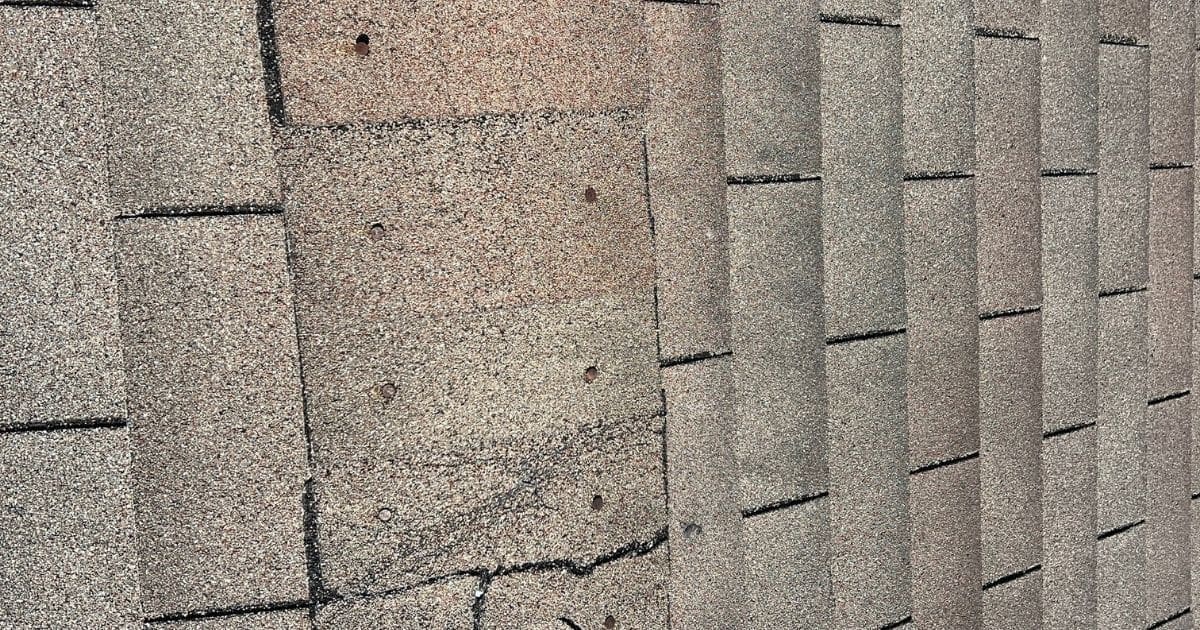
The pressure from strong winds can cause nails to lift, breaking the shingle’s seal.
- What to look for: This is a subtle sign that is best identified by a professional. It involves nails that have been “popped” up, breaking the seal of the shingle above it.
- Why it’s a problem: A popped nail creates a direct path for water to enter your home.
- Pro-Tip: This type of damage is a key reason why a professional inspection is so important after a tornado. It’s a small detail that can lead to big problems.
Your Post-Tornado Action Plan: A Step-by-Step Guide
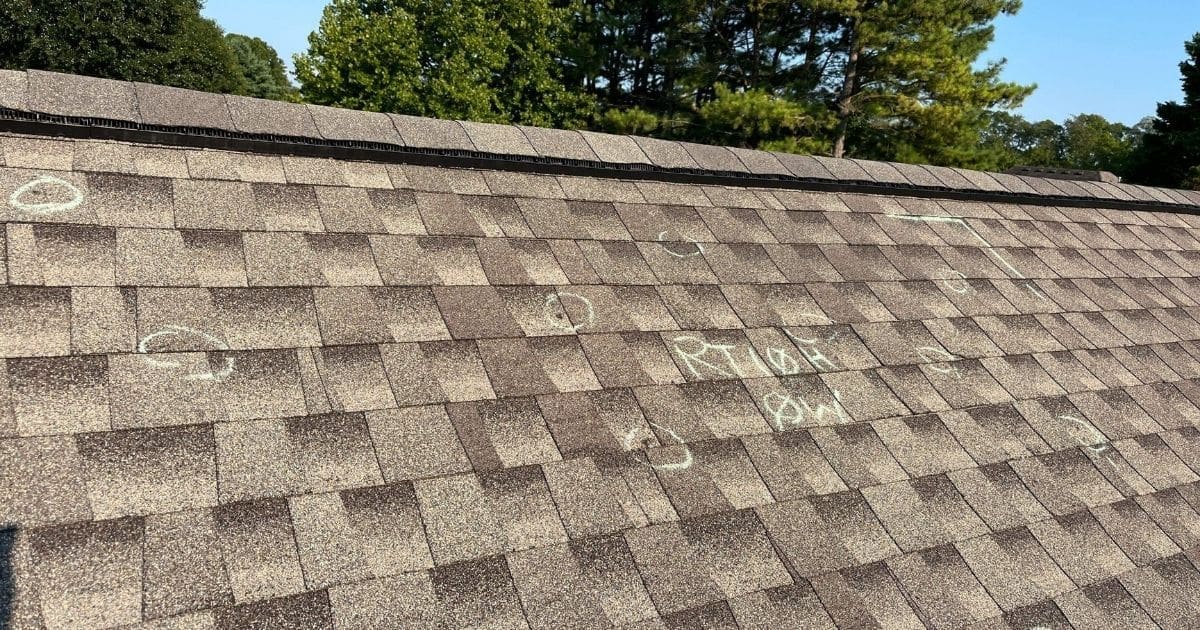
Seeing any of the signs above can be overwhelming. Here’s what to do next:
- Prioritize Safety: First and foremost, ensure that you and your family are safe. If you suspect major structural damage, like a sagging roof, evacuate your home. Do not climb on your roof to inspect the damage yourself. A storm-damaged roof is unstable and extremely dangerous.
- Document the Damage: From the safety of the ground, take photos and videos of all visible damage to your roof, gutters, and the exterior of your home. Also, photograph any debris that may have caused the damage. This documentation will be crucial for your insurance claim.
- Contact Your Insurance Company: Call your insurance agent as soon as possible to report the damage and start to file a claim. They will provide you with specific instructions on what to do next.
- Call a Trusted, Local Roofing Professional: Contact a reputable, local roofing contractor, like Roof MD, for a professional inspection. A professional has the training and safety equipment to thoroughly inspect your roof and identify all the damage, both obvious and hidden. They can also provide a detailed estimate for repairs and help you navigate the insurance claims process.
Choosing the Right Roofing Contractor
After a major storm, “storm-chasing” roofers often flood the area. These out-of-town companies may offer a low price, but they often do subpar work and will be gone when you need them for a warranty claim.
Here’s what to look for in a trustworthy roofer:
- Local and Established: A local company has a reputation to uphold in the community.
- Licensed and Insured: This protects you from liability in case of an accident.
- Positive Online Reviews: Check Google, Yelp, and the Better Business Bureau.
- Written Estimates: A professional roofer will provide a detailed written estimate.
- Insurance Claim Experience: An experienced roofer can help you navigate the complexities of an insurance claim.
Don't Wait to Act
Tornado damage to your roof is a serious matter. By knowing the signs to look for and taking swift action, you can protect your home from further damage and ensure that the repairs are done right.
If you suspect your roof has been damaged by a tornado, contact a professional, quality roofing contractor and get an inspection ASAP.
